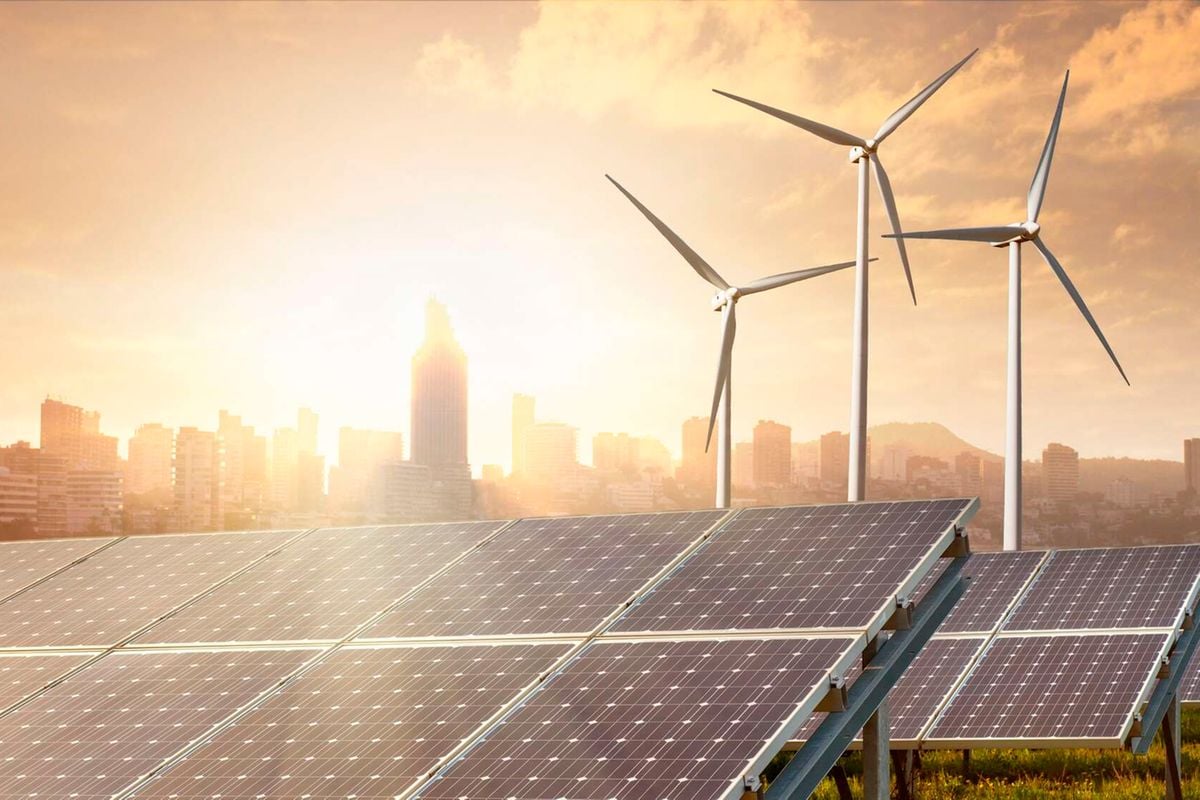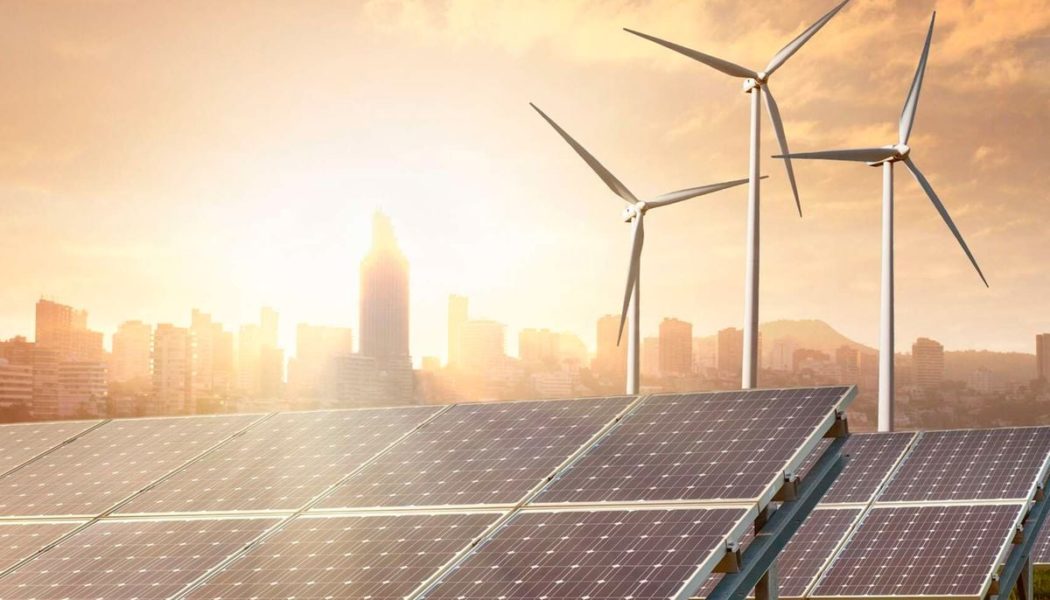
Solar energy has emerged as a beacon of hope and innovation in an era where the quest for sustainable energy solutions is at the forefront of global agendas.
This luminous source of power is not only transforming the way we generate electricity but is also reshaping economies, particularly in sun-rich regions such as Kenya.
The ongoing surge in solar energy adoption clearly indicates its critical role in addressing climate change and reducing our dependency on fossil fuels.
One of the key drivers behind the surge in solar energy uptake is the dramatic reduction in the cost of panels (PV modules). The price per watt of PV modules has fallen to just 10 percent of what it was 10 years ago. This unprecedented price drop has spurred demand beyond even the most optimistic forecasts.
In 2016, with a global installed capacity of 250GW, the International Energy Agency (IEA) projected that 2030 demand would reach approximately 1000GW. However, by last year, solar capacity had already soared to about 1400GW and continues to grow exponentially.
Predictions indicate that in 2050, solar energy could supply around 40 percent of the world’s energy requirements. At the end of 2023, PV represented six percent of global electricity generation capacity and about one percent of total energy consumption.
Paradoxically, the highest installed capacities are normally found in colder developed countries. Conversely, Kenya has abundant solar irradiation and tracts of arid land positioning it favourably for solar power generation.
This potential offers a ray of hope, from environmental preservation to economic opportunities, particularly in regions with high solar irradiation.
However, solar has its challenges. For instance, current PV module efficiency necessitates approximately five square meters of space per kilowatt of generating capacity.
One acre can generate around 800 kilowatts, translating to about 5000 kilowatt-hours of standard electricity units daily. This is sufficient to power approximately 150 average homes. Nonetheless, rooftops offer an efficient solution for PV installations.
Although the PV modules, are made in China, this concentration of production raises geopolitical concerns, especially given the increasing confrontational dynamics on the global stage. However, China’s unbeatable prices and current production overcapacity are driving the global transition to green energy.
While any disruption to this dependency could significantly impede progress and increase costs, Africa must seek to play a role in its production. This is not just a global movement, but a call to action for Africa.
A significant development on Kenya’s solar energy horizon is the imminent implementation of net metering regulations. With the legislative groundwork laid, the next steps involve the regulator finalising the framework, followed by the Kenya Power implementing the system.
Once in place, this will allow consumers to feed excess solar power into the grid, offsetting their electricity costs and potentially generating extra income. This long-awaited initiative is expected to bolster solar adoption, making every installation a potential contributor to the national grid and advancing Kenya’s renewable energy agenda.
Solar energy’s primary limitation is its reliance on daylight. The effective generation period in Kenya is about six hours, coinciding with peak demand times.
Nevertheless, power is needed around the clock, prompting the development of battery storage solutions. Large battery banks, currently utilising Lithium-Ion technology, are addressing this issue.
Like PV modules, the cost of Lithium-Ion batteries has been declining rapidly, driven by the growing demand for electric vehicles (EVs).
While not as advanced as PV technology, battery storage is on a similar trajectory, with China leading in production and technology. Here, too, Kenya should facilitate the nascent EV battery manufacturing industry to create jobs.
The controller, the solar system’s heart, is also essential. Hybrid systems that maximise PV power utilisation and supplement with mains power are becoming more common. Enhanced functionality, efficiency, dependability, and cost savings have made integrated systems more popular.
With its numerous benefits and rapid advancements, solar energy is set to play a pivotal role in the global shift towards renewable energy. While challenges remain, particularly regarding space requirements and dependence on daylight, ongoing technological advancements and innovative solutions are steadily overcoming these hurdles.
The future of solar energy looks bright, promising a sustainable and energy-efficient world.
Traditional power firms like Kenya Power face escalating PV installation demand due to mains power’s expense and instability. Beyond energy generation, solar water pumping systems have affected agricultural and water management. Solar water pumping systems provide farmers with irrigation and communities with safe drinking water in off-grid areas.
Kenyans in remote areas could benefit significantly from off-grid solar solutions. Innovative financing mechanisms, such as the pay-as-you-go (PAYGO) model, are expanding access to solar systems.
These solutions enable consumers to pay overtime, reducing the upfront cost barrier and facilitating broader adoption of solar technologies, contributing to Kenya’s sustainable energy growth.
The writer is Kenya’s Ambassador to Belgium, Mission to the European Union, Organization of African Caribbean and Pacific States and World Customs Organisation.









